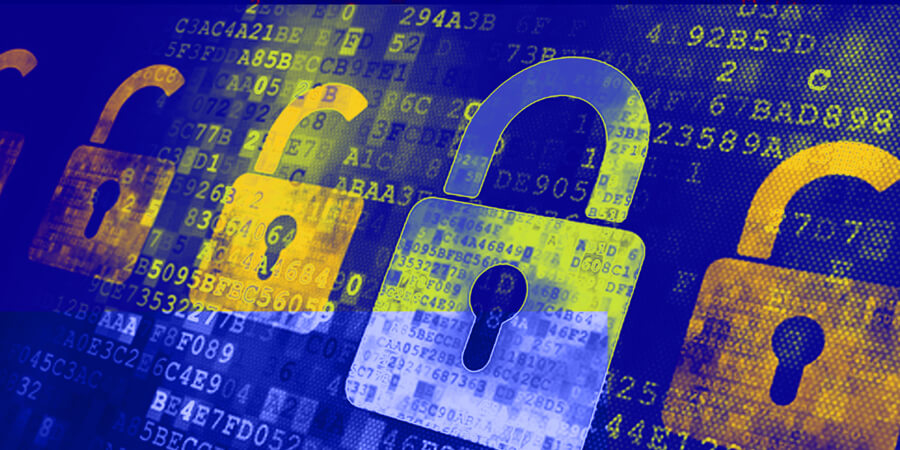Implementing IoT standards can be an effective solution to ongoing security worries, a problem set to grow amid the rise of the number of companies and connected devices, stated an IEEE (Institute of Electrical and Electronics Engineers) expert.
Srikanth Chandrasekaran, senior director at IEEE, proposed two options in a panel at MWC Shanghai 2018 regarding IoT security. “Either we can throw away all the devices and say they are not secure, or we can look at how to actively fix this problem.”
Panelists highlighted that the focus has shifted towards consumer devices being compromised. Chandrasekaran said IEEE was now “trying to understand what needs to be done at the protocol and application level, particularly in this space where we have a number of different technologies rapidly coming together”.
Chandrasekaran explained the increasing complexity of security verification on hardware because, traditionally, there was a need to verify a chip does what it is supposed to do. However, with more intelligent networks, “the emerging role is ensuring that a chip does nothing it is not supposed to do”.
Robert Topol, GM of 5G advanced technologies, Client and IoT business group at Intel, who was also speaking at the IoT summit, discussed how edge computing and 5G can boost IoT. He mainly spoke of the “rise of the edge” and what IoT is capable of, while stressing on the “plumbing and the infrastructure” to make sure the world fully sees the benefits of many of the use cases currently being talked about.
“It’s important when we look at IoT that we do not solve the problems of yesterday. It’s important we think about the behavior and changes we go through and the types of uses that we have for enterprises for personal uses, which will be much more focused on [artificial intelligence] AI and visual and media, and the way we consume and produce. We will become producers as much as we are consumers of that information because of the capabilities of 5G and edge computing,” he said.





